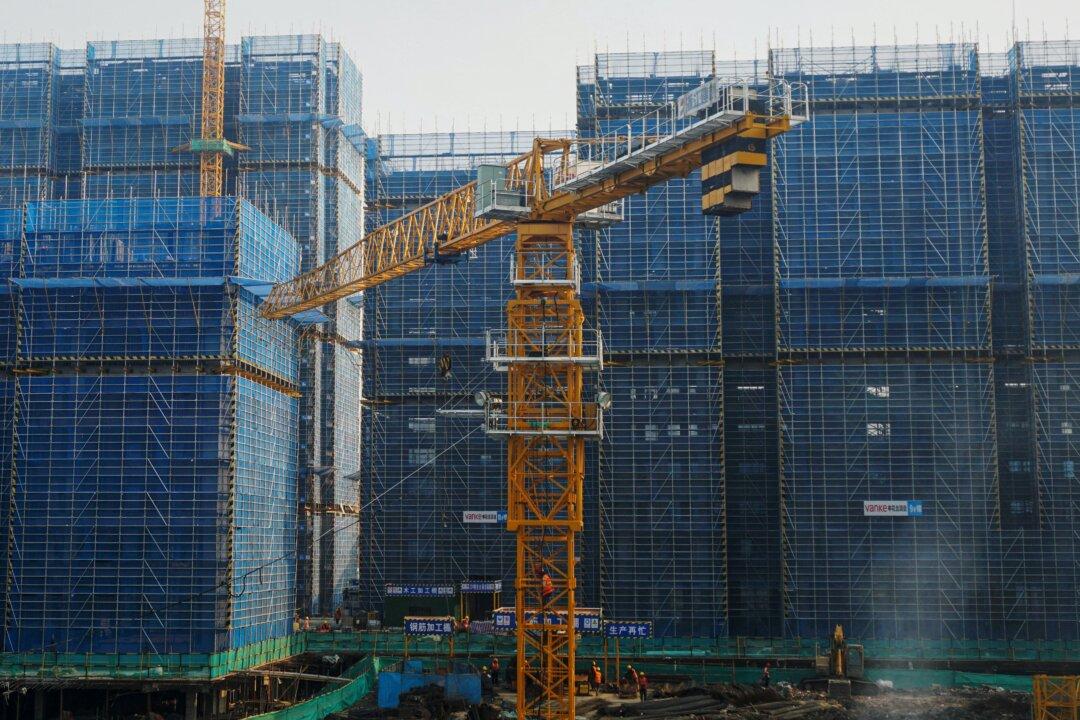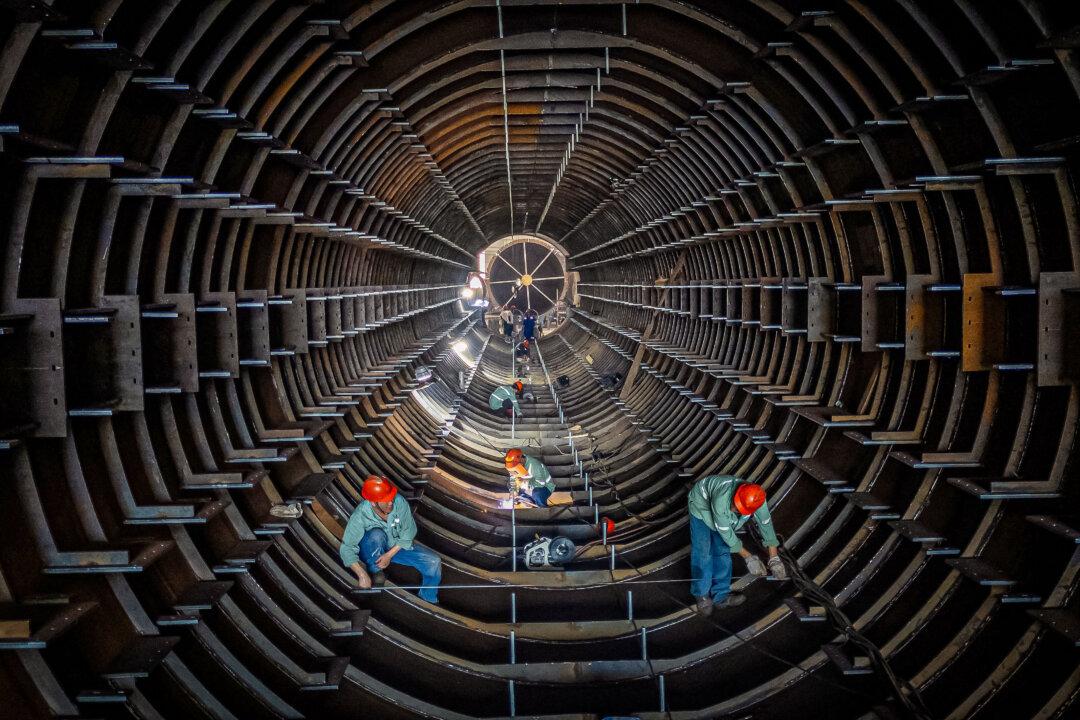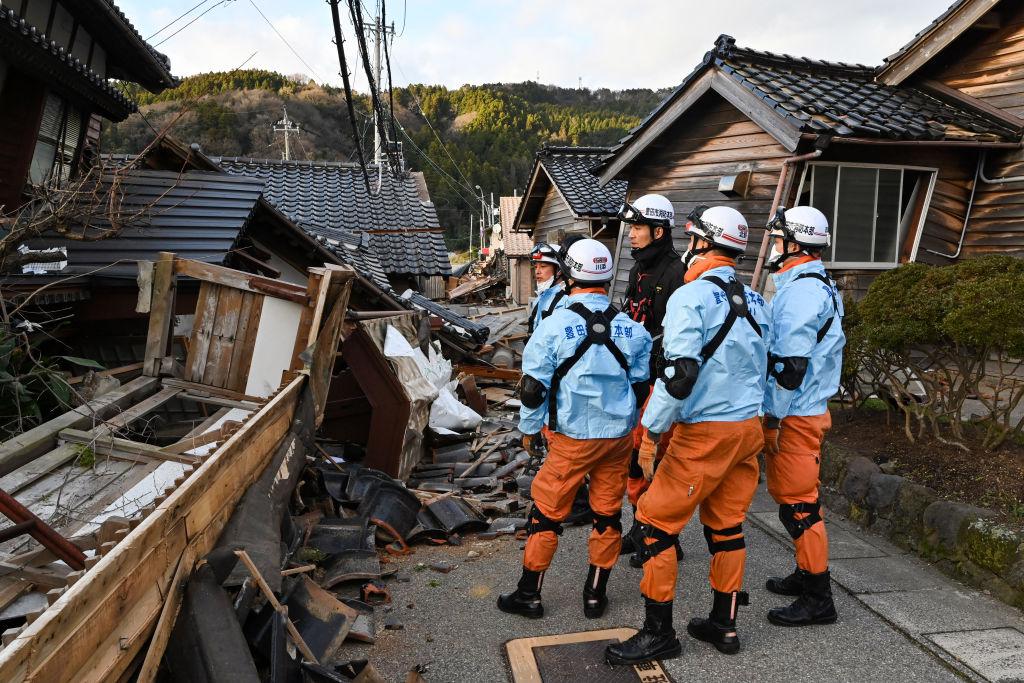In an attempt to halt the continued decline of China’s property market, the Chinese Communist Party (CCP) introduced a support package with three new measures, including the establishment of a 300 billion yuan (US$41.5 billion) fund to purchase unsold properties. The Chinese state media applauded these measures as “epic” policy shifts.
Three Major Measures
On May 17, during a video conference on real estate work held by the CCP’s State Council, China’s central bank and financial regulatory bodies launched three major measures to support Vice Premier He Lifeng’s call for a “tough battle to address the risks of unfinished real estate projects.”The first measure is to reduce the down payment ratio for first-time homebuyers to no less than 15 percent, and for second homes, the minimum down payment has been set at 25 percent. This marks the first time in China’s over 40-year history of commercial real estate that the down payment ratio for first-time homebuyers has been set as low as 15 percent, even lower than during the major stimulus efforts of 2008 and 2016 when the ratio was at 20 percent.





